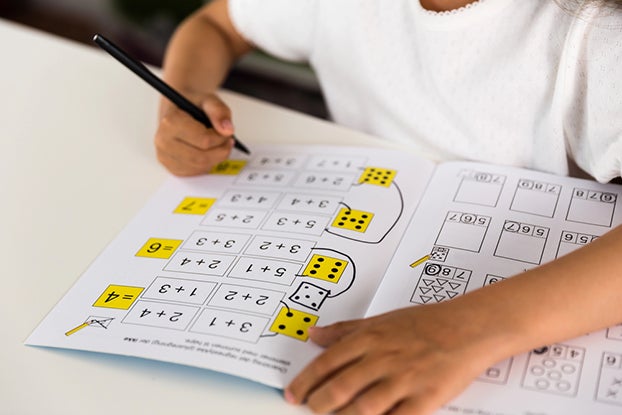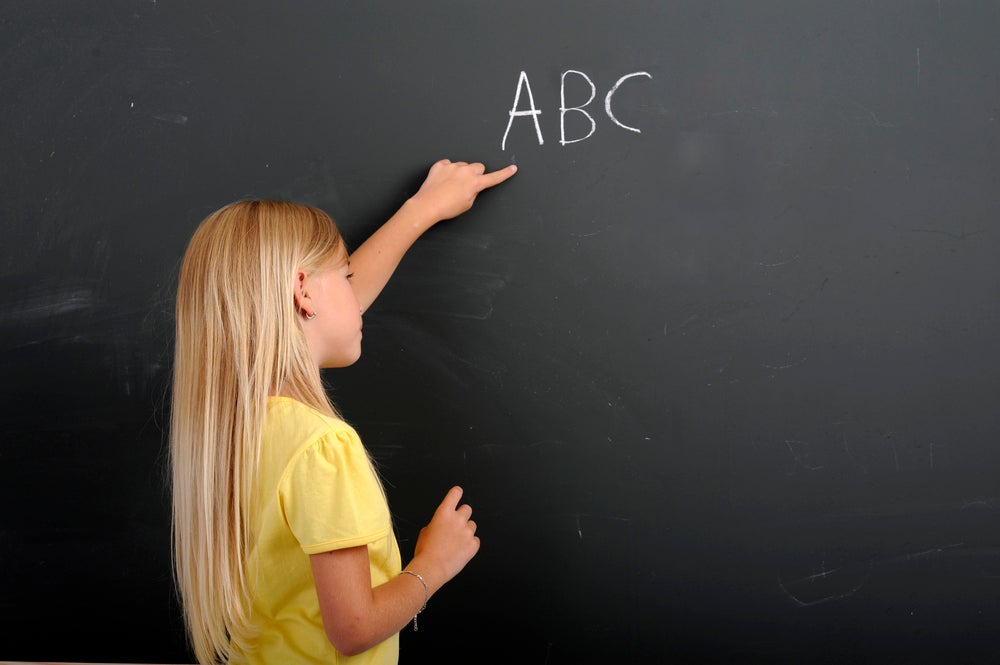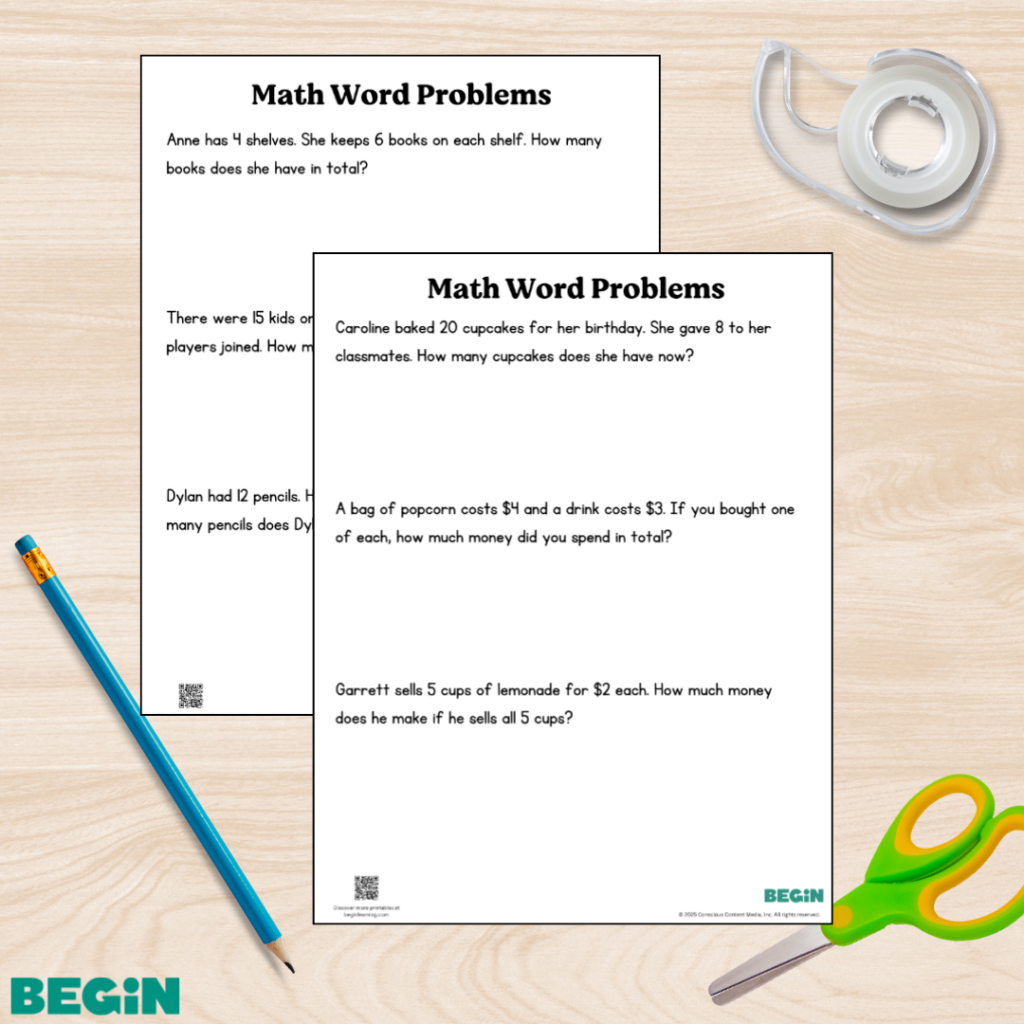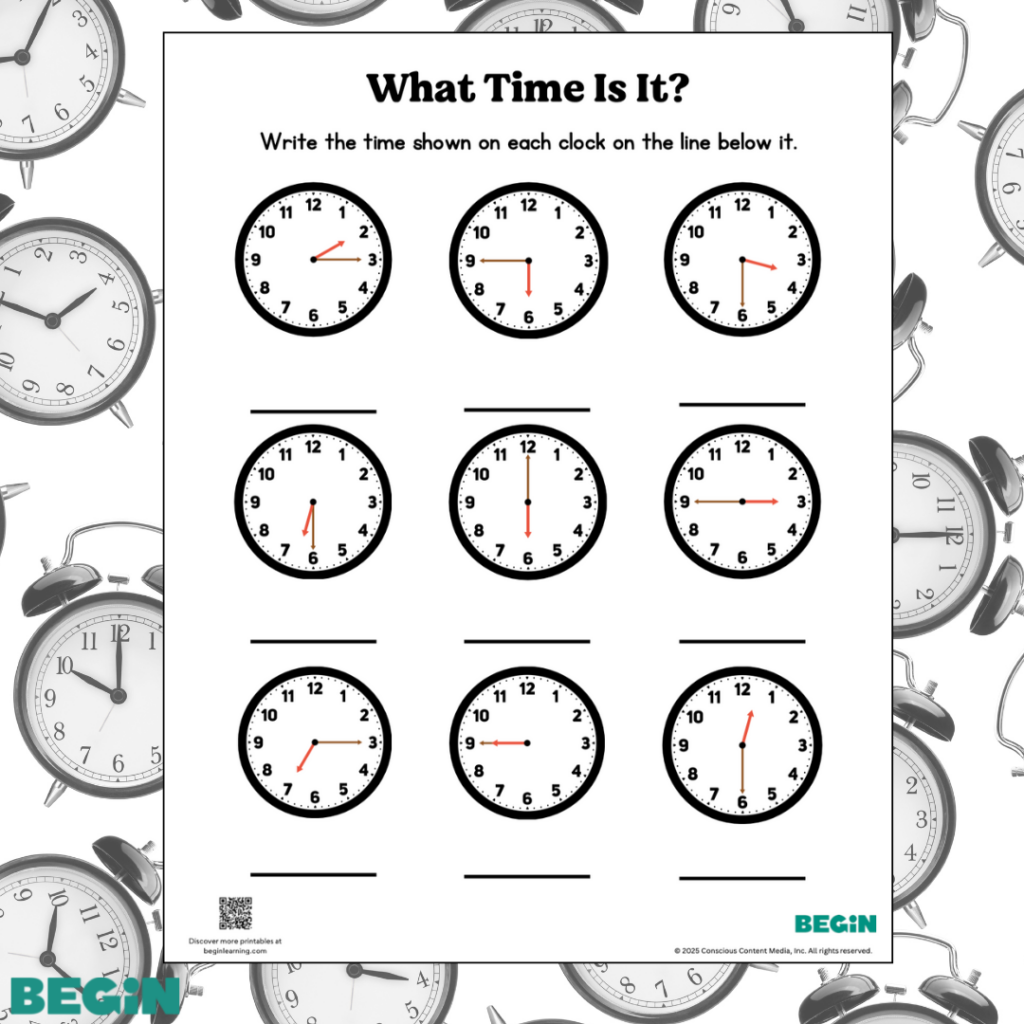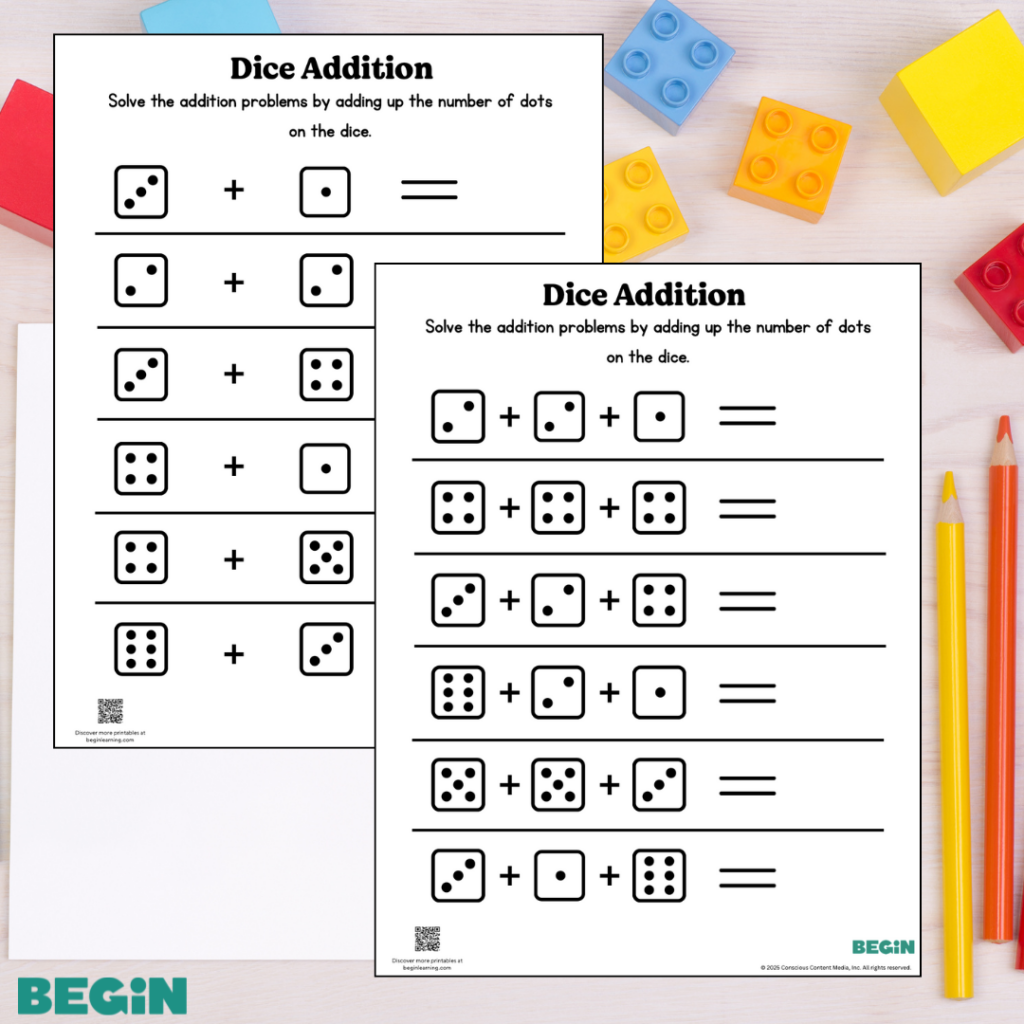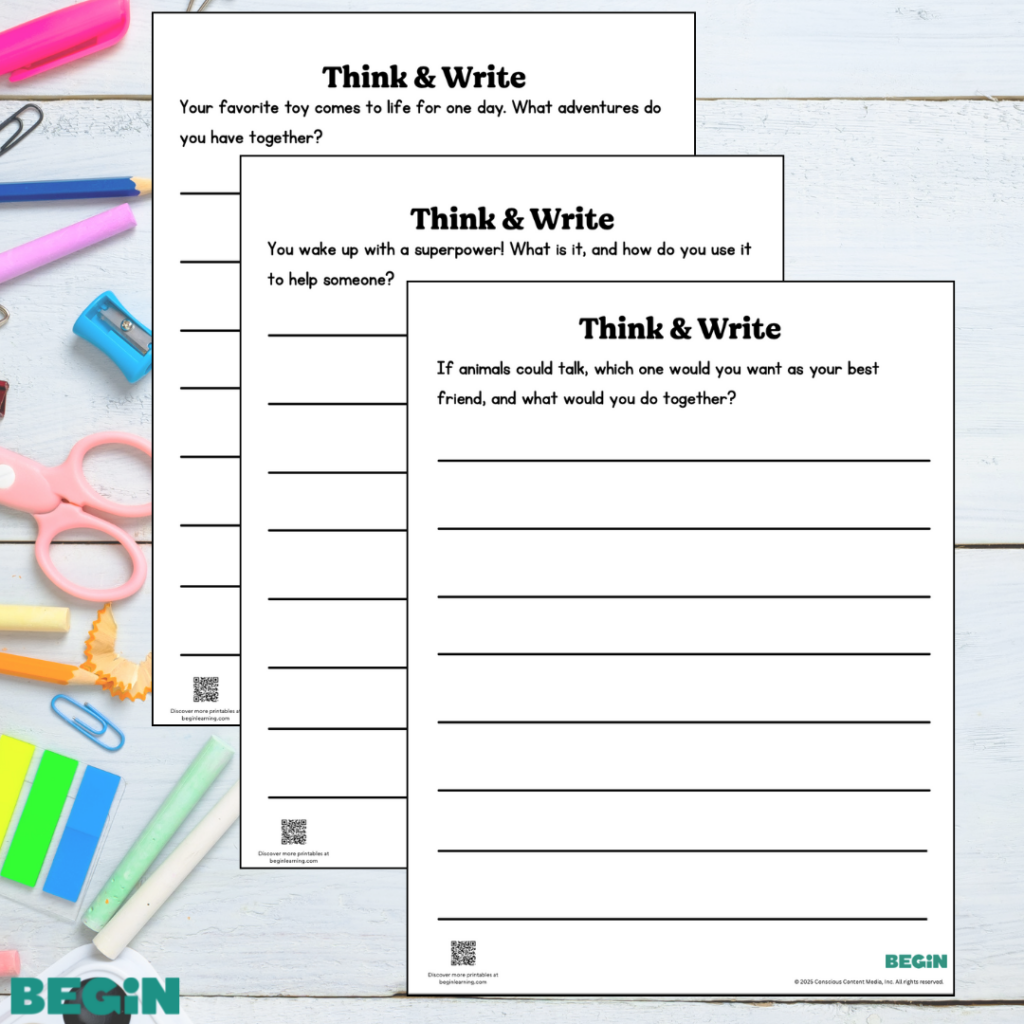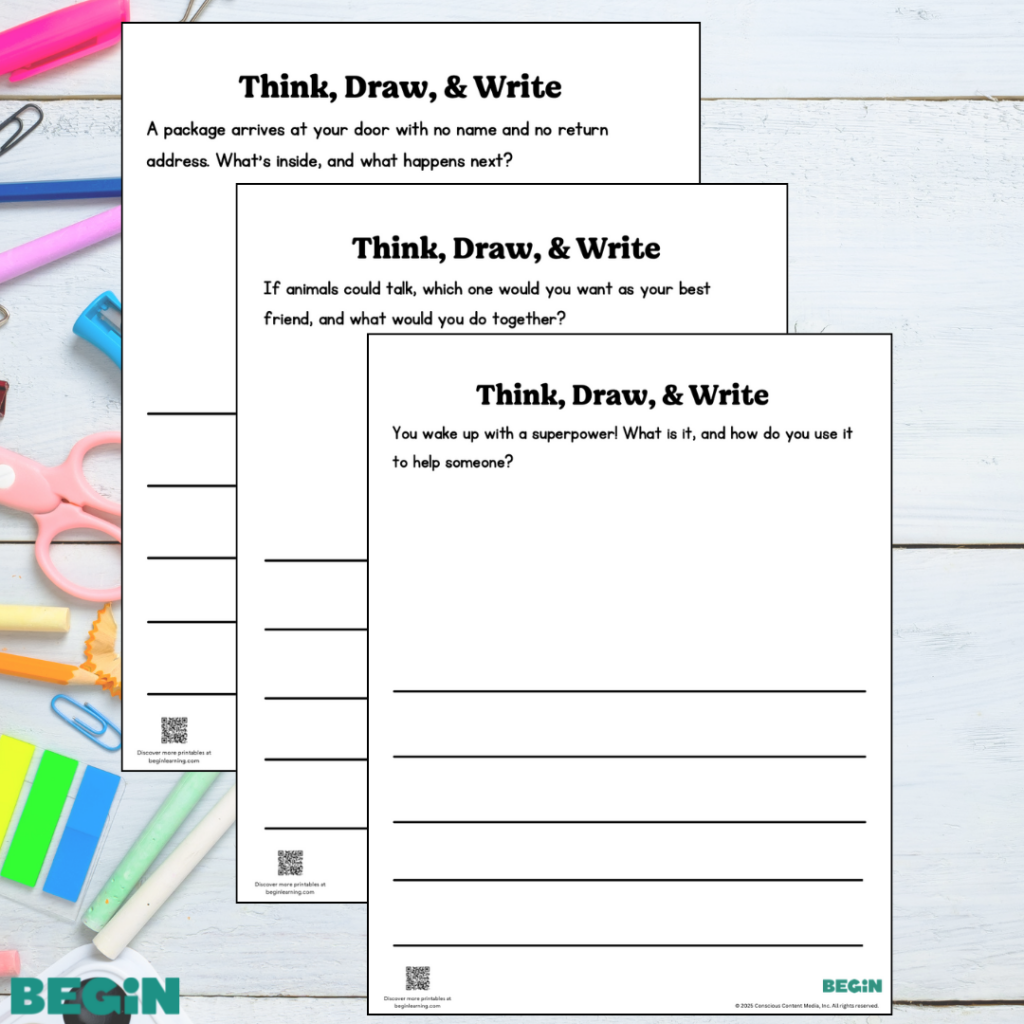You want your child to succeed in math, but with so many mathematical concepts, it can be overwhelming to know where to start. Two foundational skills you can practice at home are composing and decomposing numbers.
These terms may sound complex, but don’t worry—we’re here to guide you through it! We’ll explain what composing and decomposing numbers mean, why they’re essential, and how you can teach these skills through fun, hands-on learning activities.
Table of Contents
- Composing and Decomposing Numbers: The Basics
- Tips for Teaching Composing and Decomposing Numbers
- Hands-On Activities for Composing and Decomposing Numbers
Composing and Decomposing Numbers: The Basics
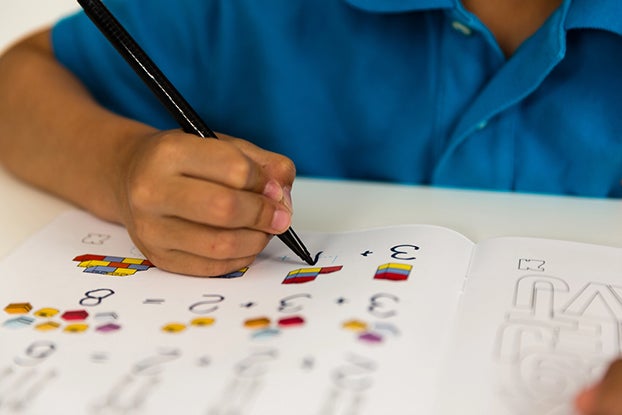
First, let’s look at what each term means:
- Composing numbers: Building larger numbers by combining smaller numbers
- Decomposing numbers: Breaking larger numbers into smaller parts
Composing and decomposing numbers are fundamental math skills that help children understand how numbers work and how they relate to each other. They also set a foundation for more complex mathematical concepts such as addition, subtraction, multiplication, and division.
Here are some other benefits of learning how to break apart and build numbers:
- Helps develop number sense and mathematical fluency
- Improves problem-solving skills
- Helps students solve equations with a missing part (e.g., 4+_=7)
- Builds a strong understanding of place value
When to Teach Composing and Decomposing Numbers
Composing and decomposing numbers aren’t skills you master in a single grade. They’re ongoing concepts that build upon each other as your child progresses through their mathematical education.
You can introduce your child to composing and decomposing numbers as early as preschool. At this stage, using real-world objects—such as toys, blocks, and fingers—to represent numbers is important. This makes the concepts more tangible and easier for young children to understand.
As your child progresses into kindergarten and first grade, they can use visual aids such as number lines, ten frames, and base-ten blocks to compose and decompose numbers.
By third or fourth grade, most children understand place value and can compose and decompose large numbers mentally.
Tips for Teaching Composing and Decomposing Numbers
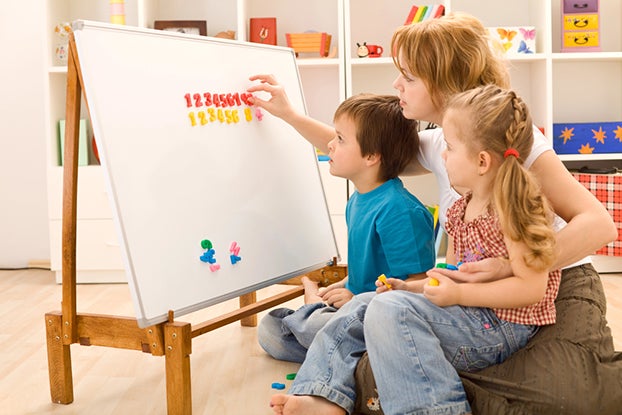
Before diving into the hands-on activities and strategies for teaching composing and decomposing numbers, here are a few general tips to remember.
Start with Counting
As your child learns to count, they add one to each number to get to the next. This is a very basic form of composing a number. When they count backward, they’re taking one away from each number. It’s a basic form of decomposing numbers.
The more familiar your child is with counting, the easier it’ll be for them to grasp composing and decomposing numbers. So, incorporate some counting activities into your day.
Use Manipulatives
Manipulatives are physical objects or tools that represent numbers. While you can purchase special math manipulatives, you don’t need anything fancy.
You can use:
- Blocks
- Crackers
- Pennies
- Beads
- Buttons
- Elbow macaroni
- Dry lima beans
- Any other small object you have around the house
These manipulatives can help your child visualize the numbers, making it easier for them to understand the mathematical concepts.
Be Mindful of Common Misconceptions Kids Have
When teaching these mathematical concepts, you may encounter three common misconceptions:
Believing Each Number Is a Single Entity
At first, your child will assume that a number is just one unit instead of a collection of smaller numbers. In their mind, seven is 7. It’s not 3 and 4 or 5 and 2.
It’ll take time to break this misconception, so be patient and use hands-on activities to help them realize that numbers can be broken apart into smaller numbers.
Thinking There’s Only One Way to Decompose Numbers
Once your child sees that they can break numbers down into smaller pieces, they may believe there’s a single “right” way to do so. For example, they may think of 9 as being made as 5 and 4. And while that is a correct solution, it’s not the only one.
Here are some other possibilities:
- 1+8=9
- 2+7=9
- 3+6=9
- 4+5=9
- 5+4=9
- 6+3=9
- 7+2=9
- 8+1=9
Encourage your child to explore different ways to decompose numbers so they understand that multiple solutions exist. This will help them develop a deeper understanding of decomposing numbers.
Thinking You Must Have the Parts to Build a Whole
As your child progresses through math, they’ll encounter addition problems with a missing part. At first, these may be confusing, as your young learner may believe they need to have all the parts in order to put them together to build a whole.
In other words, they see the decomposition and composition of numbers as stand-alone concepts rather than complementary processes. So they might not know what to do when they see a problem like this: 7+_=9.
To explain this, try asking them to decompose the nine first. Once they have it broken down into different parts, they can see which has a seven. This will help them understand they can use both of their new skills to find missing numbers.
Try HOMER by Begin
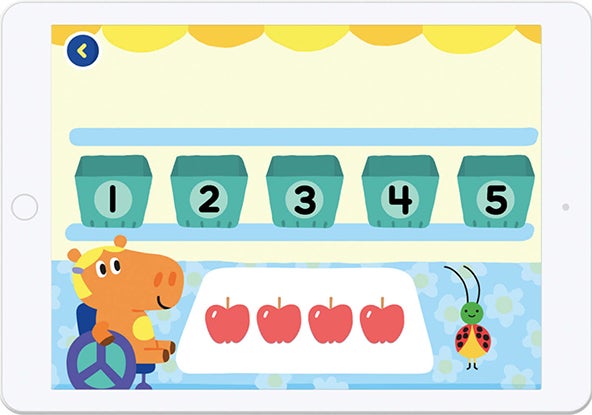
Let your child use the HOMER app by Begin to reinforce their math skills. They’ll play engaging games to help them compose and decompose numbers. The app adapts to your child’s skill level and interests, creating a personalized learning journey.
Hands-On Activities for Composing and Decomposing Numbers
Here are some fun ways to practice composing and decomposing numbers at home with your child.
Number Towers
Using blocks, building bricks, or a similar building material, ask your child to build a tower using a specific number of blocks. Then have them break that tower into two smaller towers.
For example, if they built a tower with eight blocks, they could break it down into five and three. Then ask them to reassemble it and break it into two more towers. Perhaps this time, they’ll have two four-block towers or a tower with six blocks and one with two.
Finger Numbers

Ask your child to hold up three fingers. Then use your fingers to show three a different way. Have your child count how many fingers you’re holding up. See if they can copy the way you did it.
Next, challenge them to show three a new way. If they’re stuck, you could give a simple hint, such as:
- Use two hands
- Use your thumb (or don’t use it)
- Try using your pinky finger
Finally, repeat the process with a different number. It’s a simple, interactive way to practice making numbers.
Playdough Numbers
Give your child some playdough and ask them to roll it into a snake. Then use a plastic knife to cut it into five pieces. Have them count how many pieces there are and write that number on paper.
Next, have them put the pieces into two piles. Count how many are in each pile and write a number sentence using that information—for example, 3+2=5. See how many different number sentences you can build.
Counting Stuffies
Have your child gather stuffed animals (or another favorite type of toy) and count them. Ask them how many they have in all. Then ask them to group the stuffed animals by color, size, or type and count how many are in each group.
Verbalize a number sentence to them like this: “Three small stuffed animals, two medium stuffies, and four large ones. That means altogether, you have nine stuffed animals.”
Sort the stuffed animals a different way and count them again. Point out how the total number of animals doesn’t change, even though the smaller numbers might.
Number Line Hop
This math game encourages physical play. Your child can practice number construction and deconstruction skills while getting physical activity. It’s a win-win!
Use masking tape to create a straight line on the floor. Then use the tape to make the numbers 1-10. Try to get them evenly spaced out.
Call out a command for your child, such as jump forward three numbers or go backward two numbers. Each time, have them say the number they start on and announce where they finish.
Before moving again, give them a number sentence to represent the number they just made. For example, five and two make seven. Or eight take away four is four.
Build Numbers with Begin
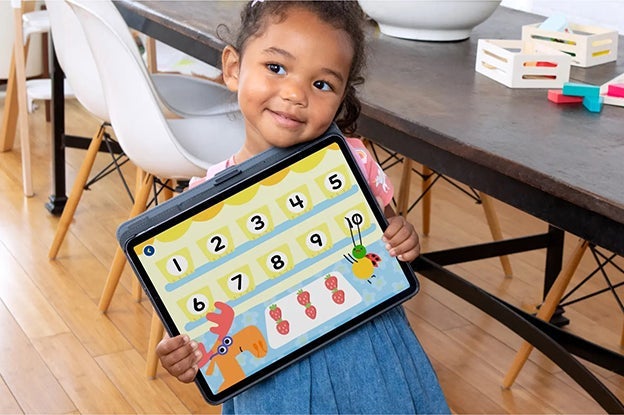
Composing and decomposing numbers are essential skills that give your child a solid foundation for addition, subtraction, and place value problems.
Begin is here to support you and your child on their math journey. Our HOMER app delivers playful learning in math—and other core subjects. Try the HOMER app and watch your child soar!
